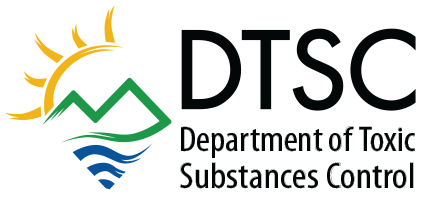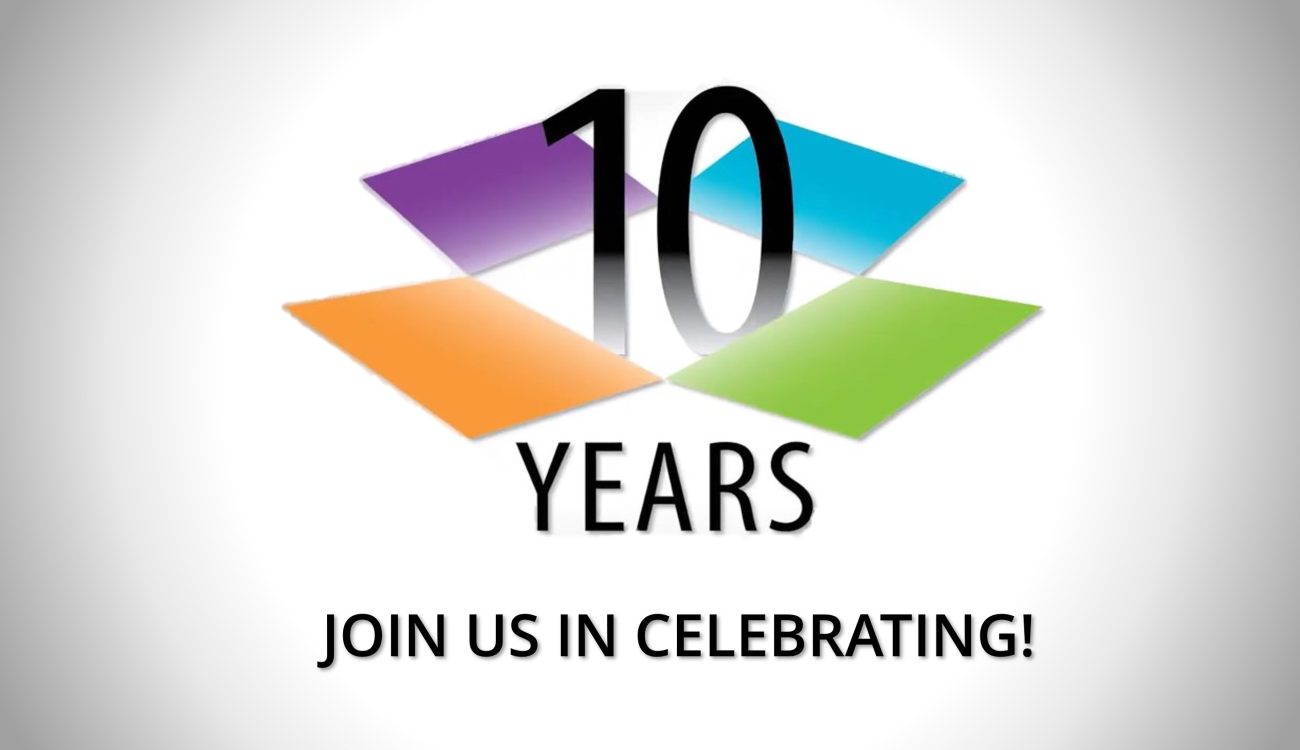Safer Consumer Products Research Studies
We know humans can be harmed by exposure to chemicals in consumer products, as can other organisms and the environment as a whole. What we don’t always know is what ingredients or other contaminants are actually present in specific products, or how people and other organisms are exposed to, or impacted by, them. That’s where our research studies come in.
We partner with DTSC’s Environmental Chemistry Laboratory to develop analytical methods and conduct laboratory studies to identify what chemicals may be in specific products. We also conduct exposure modeling and other research studies, independently or with various other partners to advance the science on topics related to chemicals in consumer products.
Below is a list of our studies to date.
Second Analysis of Chemicals in Nail Products (2019-2023)
As part of our continued efforts to evaluate exposures to hazardous chemicals in nail products, we conducted a second, more extensive analysis of nail products purchased from online and brick and mortar stores in 2019. We analyzed products for professional and retail use covering a wide variety of product types and prices, including products marketed to children. The results of this study are summarized in our 2023 report titled Laboratory Study of Chemicals in Nail Products.
We found that marketing claims and ingredient labels continue to be inaccurate. Products marketed to children or marketed as “safe” for children or “safe” for pregnant women contain various chemicals found on DTSC’s Candidate Chemicals List. In particular, nail products intended for professional use contain more Candidate Chemicals and at higher concentrations compared to products sold to the general consumers. Our results also showed that lower-priced nail products contain Candidate Chemicals at higher concentrations than products with mid- and high-price points.
Research Data on Chemicals in Nail Products
In this section, you will find a collection of Excel documents containing raw research data from our study on chemicals in nail products. These documents are provided to support public analysis and research. If you have any questions or need assistance, please feel free to reach out to us at SaferConsumerProducts@dtsc.ca.gov.
Please note that the data is presented in its original form as gathered from our study. The documents are available for download by clicking the links below.
Title: Nail Product Samples
Direct Download link: 2023 Laboratory Study Appendix Nail Product Samples.xlsx
Title: Analyte Data
Direct Download link: 2023 Laboratory Study Appendix Target Analyte Data.xlsx
Title: Tentatively Identified Compound Data
Direct Download link: 2023 Laboratory Study Appendix Tentatively Identified Compound Data.xlsx
Assessment of Non-Occupational 1,4-Dioxane Exposure from Drinking Water and Product Use (2022)
In 2021, we began a collaborative effort with the U.S. EPA to gain much-needed understanding about the role of drinking water and product use in non-occupational exposure to 1,4-dioxane. This work pulled from a variety of data sources, including product concentration data and levels of 1,4-dioxane in wastewater and drinking water, to inform the application of the U.S. EPA’s SHEDS-HT simulation modeling tool.
One key finding of the resulting paper, published in 2022, is that consumer products represent a significant source of 1,4-dioxane to wastewater streams. This is important because wastewater is released to both surface water and groundwater, which can serve as a drinking water source. The paper also found that drinking water is a critical piece of non-occupational exposure to 1,4-dioxane.
Analysis of the Carcinogen, 1,4-Dioxane, in Personal Care and Cleaning Products (2020)
In 2020, we initiated a lab study to analyze the carcinogen1,4-dioxane in personal care and cleaning products. 1,4-dioxane is known to be present often as a contaminant in these products. However, existing studies only covered a few products or were quite dated and did not accurately reflect products currently on the market. To broaden the scope of products tested in our study, we collaborated with New York State’s Pollution Prevention Institute (NYSP2I). Collectively, we tested 300 personal care and cleaning products, making this one of the biggest studies of 1,4-dioxane in these products to date. As an added benefit of this collaboration, both labs analyzed a subset (42) of the products and demonstrated that their methods generated reproducible results.
One of the key findings of our study is that products marketed to Latinx or Hispanic communities in California had significantly higher levels of 1,4-dioxane. This finding was further supported by our collaboration with the high school students from Huntington Park Institute of Applied Medicine, part of the Los Angeles Unified School District.
We presented our preliminary results to our Green Ribbon Science Panel (see video recording starting at 1:19:00) and expect to publish our final results in a peer-reviewed journal.
Analysis of Chemicals in Nail Products (2011)
In 2011, DTSC analyzed a selection of nail products from California distributors and summarized the results in a 2012 report. This study found that a number of products advertised as being “3-free” – free of formaldehyde, toluene, and dibutyl phthalate (DBP) – actually contained DBP, toluene, or both. Both toluene and DBP can interfere with the growth, development, or health of children. The study also detected a variety of other chemicals in the nail products tested, including some on DTSC’s Candidate Chemicals List. The study was featured widely in the media, including:
- CBS San Francisco: California Study Finds Toxins In ‘Nontoxic’ Nail Polishes
- Time: Toxins Found in Nail Polishes Claiming to Be ‘Non-Toxic’
- Daily Post: California finds dangerous chemicals in nail polishes advertised as nontoxic
- Mercury News: The ugly side of the beauty industry
- LA Times: Toxic products in California nail salons under renewed scrutiny
SCP Key Info
- About Safer Consumer Products
- Program Overview
- Priority Product Work Plan
- Candidate Chemicals
- Priority Products
- Alternatives Analysis
- Regulatory Response
- Compliance & Enforcement
- Research Studies
- Early-stage SCP Projects
- Information Call-in
- Healthy Nail Salon Recognition Program
- Limiting Copper in Brake Pads


